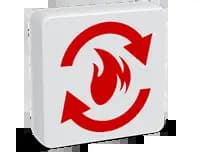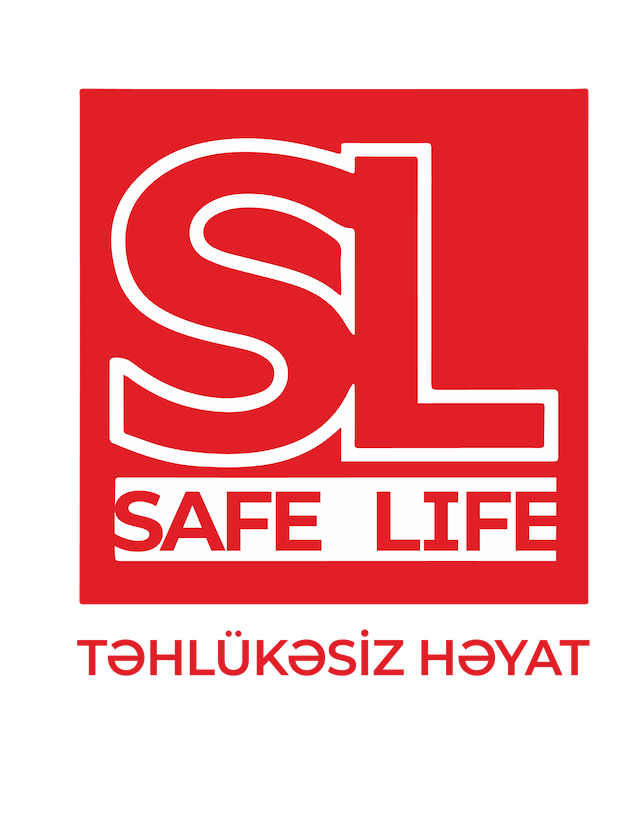Automatic fire switch off

All automatic fire extinguishing systems (AFS) are primarily divided into local and centralized systems. Then AYSS is classified according to the principle of operation - according to the type of sprinkler and drencher. According to the rule of fire extinguishing - the physical properties of the fire extinguishing mixture and is installed objectively.
The control device of each AYSS should be a reporting device that reacts to the implementation of each AYSS and other characteristics of combustion, a device for registration, preparation and transmission of control signals, and an executive body that performs immediate shutdown. Local systems fully transport all this, connect it in a single block that knows and serves. The simplest and most reliable - locally from a balloon with a fire extinguishing system inside. The high pressure that is always present in this cylinder is achieved either in the process of removing the hermeticity or by cleaning the control pulse.
In this system, the sprinkler itself is involved as a shut-off valve. Inside these sprinklers, there is an accelerating element that activates between 40oC and 150oC, depending on the maximum temperature that can occur in the rooms without fire. As a rule, such blocks are connected to the fire alarm only as a warning device. But these blocks, in principle, you can work without any wires and electricity. Disadvantages of those of this type are their full system cost and weight, the complexity of their public service, and the impossibility of more precisely defining the conditions for activation.
It is more profitable to use centralized AYSS in large facilities - economic facilities. These systems can use a myriad of sophisticated warning devices and logic devices used to respond to fire in time with 100% safety and false alarms. However, with all the energy, the existence of such systems requires the presence of electricity and signal transmitters in all rooms, most importantly - the presence of high-level trunks.
If some rooms are individually small or with several partitions that contribute to the spread of the fire, then the application of separate sprinklers is more appropriate. When such sprinklers are activated, they will only release the extinguishing mixture directly towards the ignition point. If the pressure in the main line drops, the control-signal valve starts the pump, which continues to spray the mixture. In objects where there is a possibility of freezing of the pipes of the system, the control-signal valve reacts to a decrease in the air pressure in the main, but at this time the liquid is not always there.
In large and rooms with heating conditions for the flame, it is necessary to extinguish the fire along the entire area, and this is more desirable. In this case, drencher systems are applied. In a drencher system, there is no need to have a valve on each sprinkler and to maintain constant pressure in the main. Because, during a fire, the fire extinguisher is supplied to the system only by the signal of the control device or by the manual (manual) activation of the staff for this matter.
It is possible to project the characteristics and orientation, technical and economic calculations of each object of our company, to determine the design of all systems and systems. We are ready to contract for any system-based service, services related to service requirements, including other organizations and performed works.
